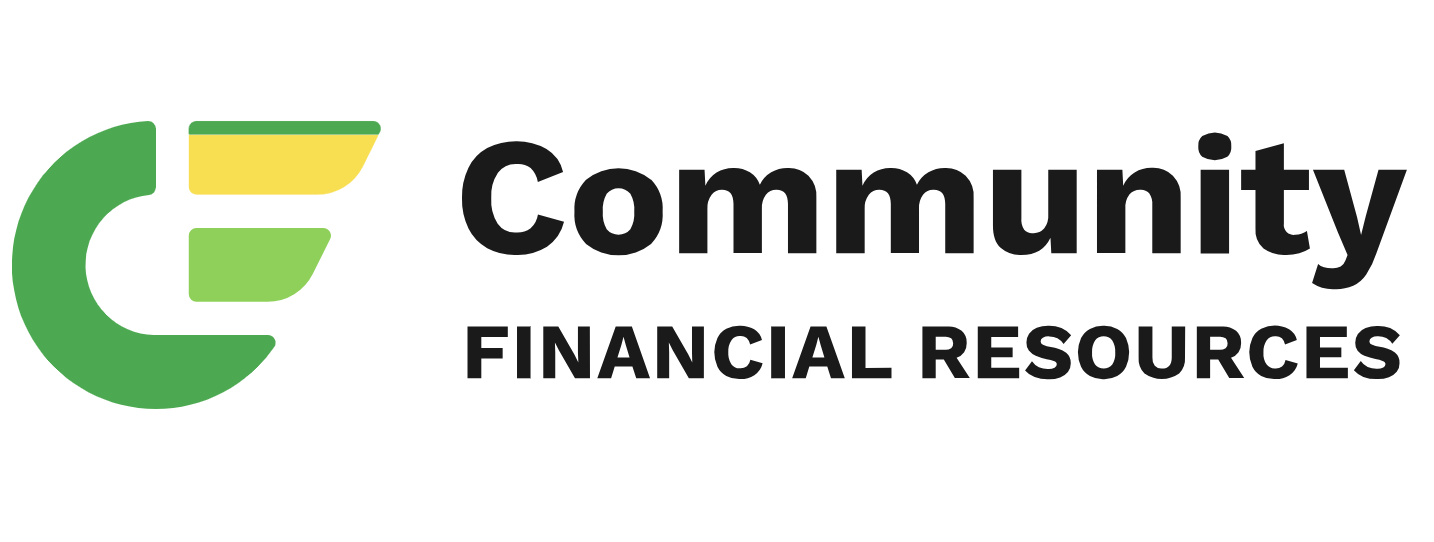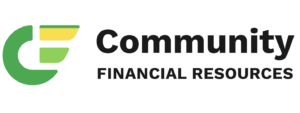
The Personal Debt Conundrum
It was sobering to see the Federal Reserve Bank of New York’s Q1 2023 report on household debt, where total US household debt surpassed $17 trillion at the end of March. A staggering number that foretells hardship for many families. While mortgage debt continues to represent the largest portion of personal debt, credit card balances were $986 billion, surpassing the pre-pandemic high of $927 billion. A recent report by Bankrate found that 46% of all US credit cardholders carry debt from month to month on at least one card, up from 39% last year. Cardholder purchases were not for lavish items, but to support basic living needs such as shelter and food. I believe that addressing personal debt is fundamental to the financial stability of the US economy and particularly critical for low-income communities.
The impact on low-income communities is not a surprise, as they are most likely to suffer from costly credit and burgeoning debt. Our long experience working with nonprofit partners who serve these communities show recurring problems that make it difficult for individuals to break out of the debt cycle. Common themes are little or no cash flow after paying for basic living needs, low or no credit scores ensuring high loan interest rates, and payday lenders and other ‘alternative’ loan providers with disadvantageous terms that often make an individual’s debt situation worse. To be frank, many personal loan products are designed for high margins and maximum profits — not necessarily improving the credit and debt situation for low-income individuals.
Community Financial Resources (CFR) collaborated with Prosperity Now on a 2020 study entitled Navigating the Promise and Pitfalls of Debt Consolidation — addressing debt in Black communities — and the results illustrate the conundrum of tackling personal debt in low-income communities. There is wide agreement in the importance of breaking the payday loan cycle and improving credit with a near-term goal of streamlining multiple payments to creditors. However, skepticism about loan products improving an individual’s debt situation and a general distrust with financial institutions are hurdles that must be overcome. Individuals with zero or negative cash flow would not benefit from a debt consolidation loan product, in fact, it may make their situation worse by exposing them to even more debt. For those with some positive cash flow, it’s essential to consolidate debt at a lower interest rate that meets their cash flow and enables them to pay down debt over time. There is also a strong desire to restore or build one’s credit so that more favorable loan terms could be achieved for future loans, such as buying a home. In summary, some loan consolidation products met Prosperity Now’s criteria that may be fair, safe and affordable to those in debt — but much more can be done.
For 20 years, CFR has collaborated with financial institutions to create products for low-income communities that balance profit and purpose. We understand the important intersection of products that are practical for the consumer, but also economically viable for financial institutions. With this in mind, let me address some fundamental attributes of a good debt consolidation loan product. A fair APR that matches an individuals’s cash flow — often the most critical component of a person’s ability to pay down debt. It’s ideal for the lender to pay the individual’s outstanding creditors so the customer has one loan to pay down with the lender. Working closely with a lender’s credit department, establish a pre-screening process that identifies appropriate individuals where a debt consolidation loan would improve their debt situation, coupled with a more flexible underwriting model that factors ability-to-pay criteria, not simply one’s FICO score. Finally, focus on the two fastest-growing personal debts — unsecured credit card and auto debt.
The US inflationary environment and uncertain job market will only worsen the personal debt crisis, jeopardizing the financial stability of families, and low-income communities will remain the hardest hit. We can solve this problem through successful partnerships between nonprofits who have the trust in low-income communities and enlightened lenders who can provide economically viable products, with appropriate margins, that improve the credit and debt situation of those who can benefit from such a product. We know this can be achieved, and it’s in everyone’s best interest to solve the personal debt catastrophe.





